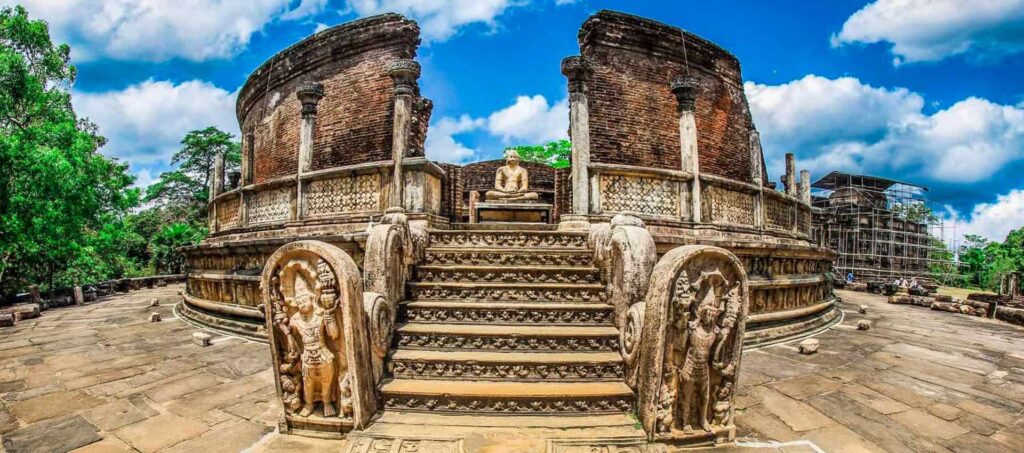Experience
Eulogized by Disney’s Monkey Kingdom movie, the lost city of Polonnaruwa is home to a vast monkey population living among the impressively preserved ruins. Described by the film as “a secret land of magic few humans have ever seen,” this ancient archaeological site is the best place in the country to get up close and personal with Sri Lanka’s three diurnal primates: the purple-faced leaf monkey, the toque macaque, and the grey langur. In many countries, primates are increasingly difficult to see and observe due to declining habitats. However, here in the heart of Sri Lanka’s dry zone, under the protection of the Smithsonian Primate Research Center, Polonnaruwa’s primate population has flourished. Conducting conservation and scientific research in the area for almost half a century, the centre offers a chance for visitors to engage and connect with Sri Lankan primates in a bid to educate visitors on the desperate need to continue to protect these fascinating creatures.
Brief History of Polonnaruwa
For three centuries Polonnaruwa was the royal capital of both the Chola and Sinhalese kingdoms. Although nearly 1000 years old, it’s much younger than Anuradhapura and generally in better repair (though smaller in scale).
The South Indian Chola dynasty made its capital at Polonnaruwa after conquering Anuradhapura in the late 10th century, as Polonnaruwa was a strategically better place to guard against any rebellion from the Ruhunu Sinhalese kingdom in the southeast. It also, apparently, had fewer mosquitoes! When the Sinhalese King Vijayabahu I (r 1055–1110) drove the Cholas off the island in 1070, he kept Polonnaruwa as his capital.
Under King Parakramabahu I (r 1153–86), Polonnaruwa reached its zenith. The king erected huge buildings, planned beautiful parks and, as a crowning achievement, created a 25-sq-km tank, which was so large that it was named the Parakrama Samudra (Sea of Parakrama). The present lake incorporates three older tanks, so it may not be the actual tank he created.
Parakramabahu I was followed by Nissanka Malla (r 1187–96), who virtually bankrupted the kingdom through his attempts to match his predecessors’ achievements. By the early 13th century Polonnaruwa was beginning to prove as susceptible to Indian invasion as Anuradhapura was, and eventually it, too, was abandoned and the centre of Sinhalese power shifted to the western side of the island.
In 1982, Unesco added the ancient city of Polonnaruwa to its World Heritage list.



